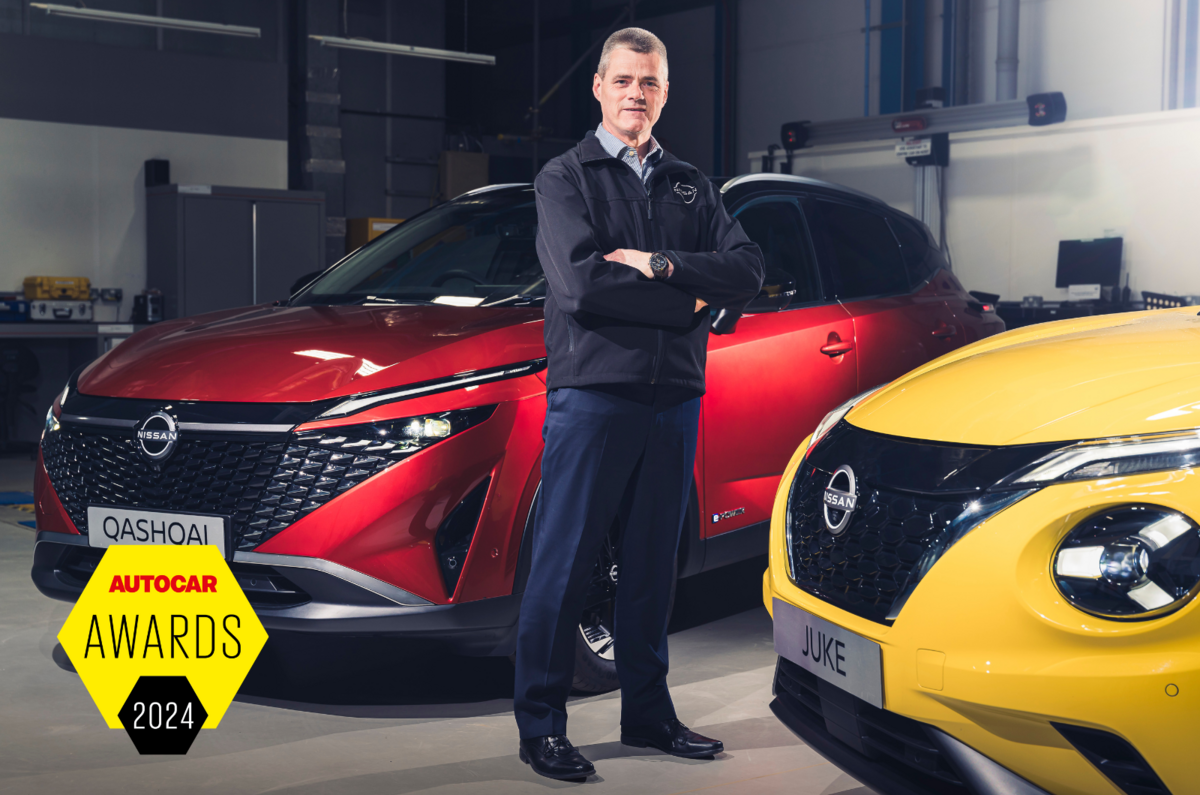There’s a wide, picture-lined corridor inside Nissan’s European technical HQ at Cranfield, Bedfordshire, that connects the front offices with a much larger complex of technical installations to the rear.
This is where all of the serious car creation takes place: engine cells, laboratories, sound chambers and rigs for many different forms of durability testing can be found there.
One of the pictures, faded with the years, shows six or seven fresh-faced young men, Nissan’s intake of graduate engineers for 1990 in their second week of employment.
Today, amazingly, four of them are still on Nissan’s payroll and all are now highly placed in an organisation that has always put company loyalty on the same high plane as ability.
The most accomplished of them has the widest smile: he is David Moss, for the past five years Nissan’s senior vice-president in charge of R&D for Europe, Africa, the Middle East and Oceania.
As Nissan’s chief engineer for most of the important regions this side of Japan, Moss’s accomplishments are many across a stellar 34-year career.
But the one achievement Autocar especially seeks to honour with this year’s Mundy Award for Engineering is Moss’s invaluable work in creating and nurturing the British-built Nissan Qashqai.
The pioneering SUV whose production has recently passed four million units in the three generations that have been launched since 2007, and whose fourth generation, likely to be launched in 2027, will be a pure EV.
Moss’s training was in aerodynamics, but he chose cars, and particularly Nissan, for his career, because he reckoned the opening of the Cranfield Technical Centre Europe – which had happened while he was still at university – was a powerful declaration of the company’s intent to produce ground-up cars on this side of the world.
He felt he could grow with the company – and that is more or less what has happened.
Starting in body engineering when Nissan’s Sunderland plant was producing the Micra and Primera, Moss well remembers how the company came to recognise that building me-too hatchbacks against Ford, Volkswagen and Vauxhall was no longer its route to success.
“We were developing an Almera,” he recalls, “but we couldn’t see a viable volume and profit in it, so what were we to do?









Add your comment